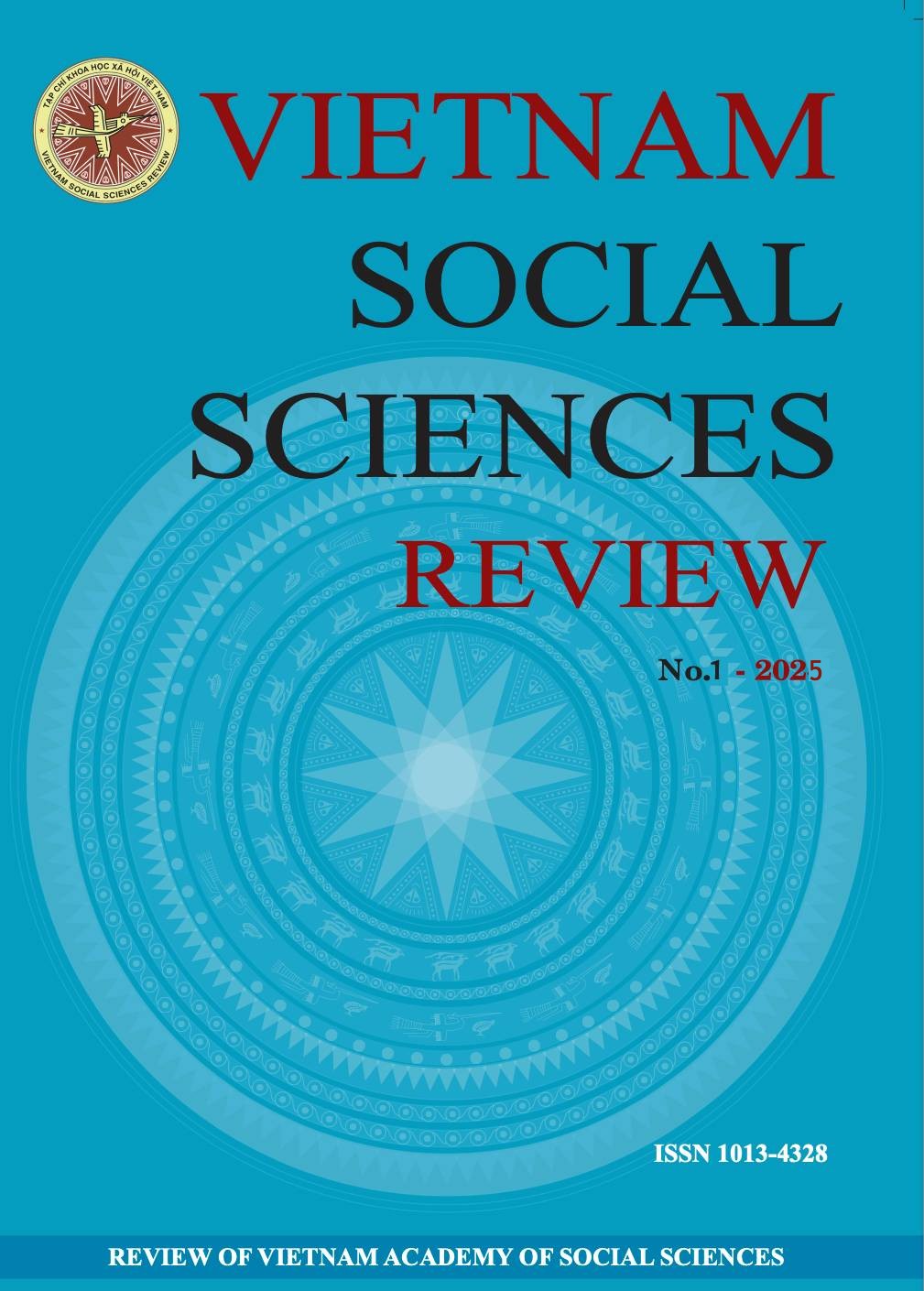The Effects of Flipped Classroom on Learners’ Autonomy: A Case Study in a Vietnam University
Keywords:
Flipped classroom, learner autonomy, English language classrooms, English proficiency.Abstract
This study aims to explore the relationship between the flipped classroom, nowadays a widely used teaching method in various educational settings, and learner autonomy in English language classrooms. To fulfill the research objectives, the study adopts the qualitative method approach using action research carried out in six Business English classes at Thuongmai University and in-depth interviews with six teachers in the form of focus groups and 20 students in individual interviews. Research findings indicate that by flipping the learning procedure, asking students to approach knowledge on their own by studying videos and referring to learning material before attending classes, the flipped model contributes to raising all the five levels in the autonomy model suggested by Nunan (1997), which are awareness, involvement, intervention, creation and transcendence. Therefore, this teaching method should be promoted to improve leaner autonomy, which is believed to enhance English proficiency. Some implications have been highlighted to teachers, students and education administrators so that this method can be applied more effectively in English language classrooms.
DOI:
https://doi.org/10.56794/VSSR.1(222).66-79Classification number
Educational science

Downloads
Published
References
Baepler, P., Walker, J., & Driessen, M. (2014). It’s not about seat time: Blending, flipping, and efficiency in active learning classrooms. Computers & Education, 78: 227-236. doi: 10.1016/j.compedu.2014.06.006
...


